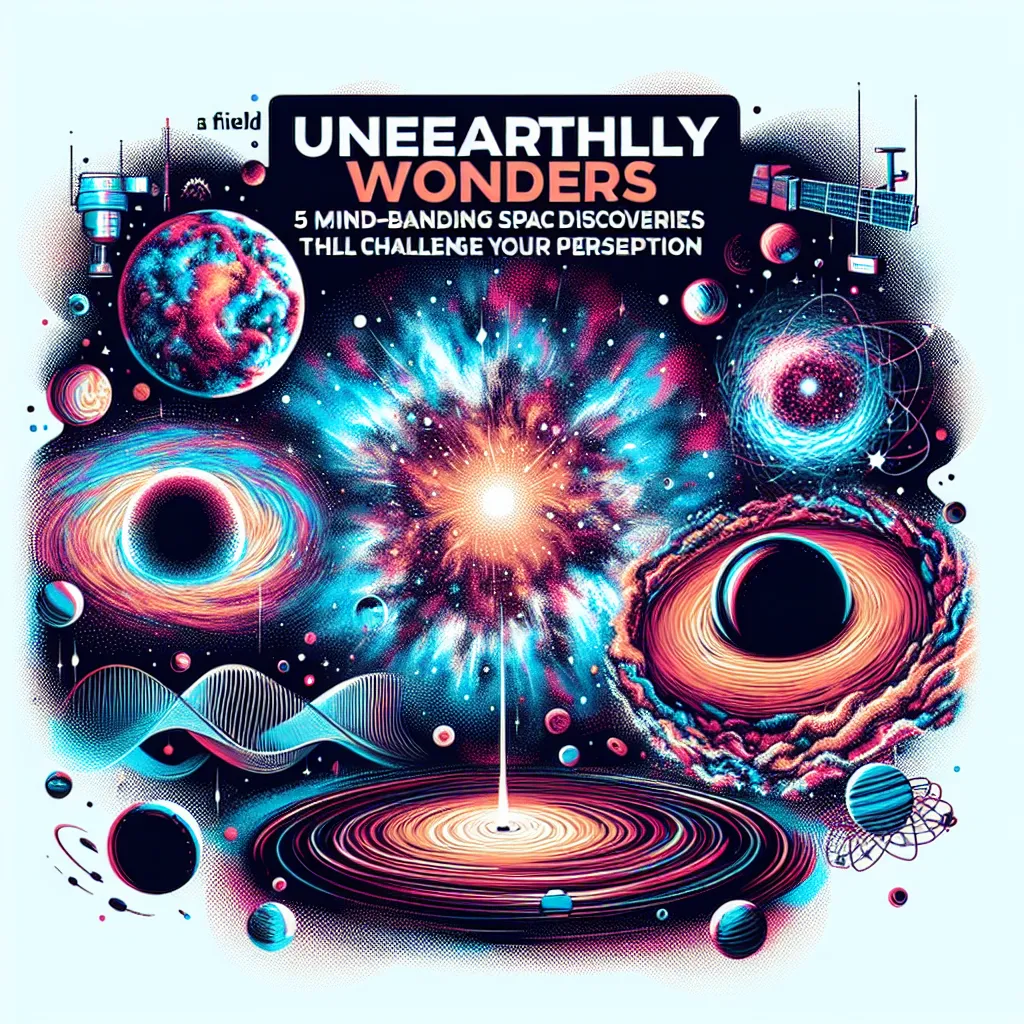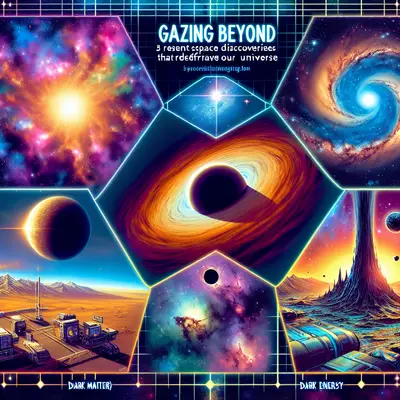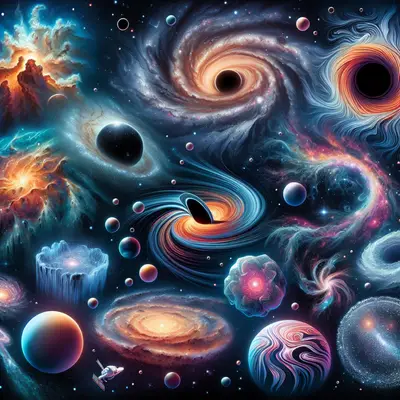From unanticipated planetary features to the existence of celestial bodies that defy our understanding of physics, these discoveries remind us of the infinite mysteries that the universe holds.
The "Hell Planet" with Iron Rain
K2-141b, a planet 200 light-years away from Earth, takes the phrase "hellish conditions" to a completely new level. This exoplanet, with an atmosphere and an ocean made of molten rock, experiences rainfall composed of iron. These unusual characteristics, discovered by scientists using advanced space telescopes, challenge our understanding of planetary formation and conditions.
The Repeating Fast Radio Burst: A Galactic Mystery
Fast radio bursts (FRBs) are among the most mysterious phenomena in the cosmos. These milliseconds-long bursts of radio waves were discovered in 2007, and their origins remain unknown. However, the detection of a repeating FRB, named FRB 121102, has added another layer of mystery. The precise pattern of this FRB, repeating every 157 days, has left scientists astounded and eager for answers.
The Unexpected Heart of the Milky Way
In 2020, astronomers discovered an unexpected feature at the heart of our galaxy: two enormous "bubbles" of energy, each extending about 700 light-years from the center. These structures, known as Fermi Bubbles, were detected by the eROSITA X-ray telescope. Their existence challenges our understanding of the Milky Way's history and structure.
The Unseen Companion of Proxima Centauri
Proxima Centauri, the closest star to our solar system, was believed to be a solitary star. However, recent studies suggest that it might have an unseen companion - a low-mass star or a substellar object. This potential discovery could lead to exciting new insights about our closest galactic neighbor.
The Mysterious Absence of Dark Matter in Galaxy NGC1052-DF4
Dark matter, an invisible substance that makes up about 85% of the universe's matter, was mysteriously absent in Galaxy NGC1052-DF4. The absence of dark matter in this galaxy, as observed by the Hubble Space Telescope, contradicts the prevailing cosmological models. This enigma presents a new cosmic puzzle that scientists are eager to solve.
Conclusion
Every new discovery in space brings us closer to understanding the mysteries of the universe, yet it also reveals how much more there is to explore. These recent findings, from iron rain on an exoplanet to the unanticipated absence of dark matter in a galaxy, highlight the dynamic and ever-evolving nature of space exploration. As we continue to gaze into the cosmos, we can only anticipate more mind-bending discoveries that will challenge our earthly perceptions.



